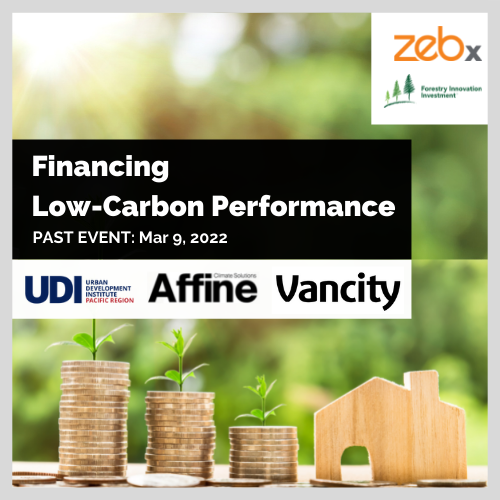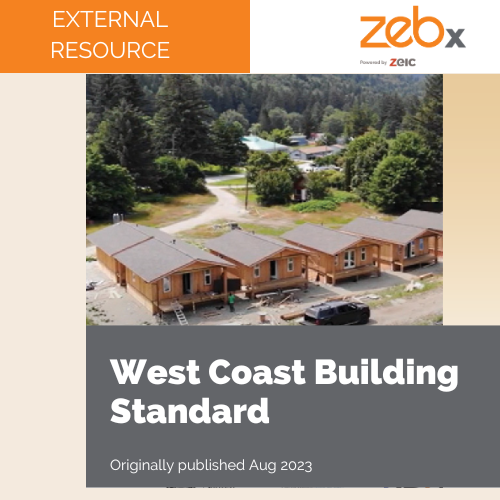
ZEBx, UDI – Pacific & Affine Climate Solutions: Financing Solutions for Low-Carbon Buildings
March 9, 2022
Passive House Accelerator Video: UBC Okanagan’s Skeena Residence
March 15, 2022
The Early Adopters of High-Performance: A Trends Analysis
The Net-Zero Energy-Ready (NZER) Challenge is a provincial CleanBC incentive program for large buildings launched in late 2018 in conjunction with the release of the Province’s climate plan. In addition to providing financial support for developments targeting very high levels of energy efficiency, the program aims to celebrate, promote and learn from these unique and progressive projects. Out of over 50 applications received, a juried competition resulted in the selection of 11 winning projects that represent the most outstanding examples of the buildings that will be required by 2032. These projects received up to $390,000 in incentives to help cover the estimated cost premiums associated with designing and constructing NZER buildings today.
As part of this CleanBC program, the Province engaged Integral Group to administer the program and spread the knowledge. Integral Group turned to ZEBx to produce events, videos and publications that include case studies and a trends analysis on the winning projects. The trends analysis below is a slide deck which was presented at the 2021 BC Building Envelope Council Annual General Meeting by ZEBx. The presentation focused on two key elements that have a big impact on the energy efficiency of a building: the building envelope and mechanical systems. Nine of the 11 winning projects were included in the trends analysis given that two were still in the design development stage.
Some key takeaways from the presentation are:
- The average window-to-wall ratio of the Passive House projects is less than the average of the Step 4 buildings, but not much less.
- The average clear field thermal performance of the exterior walls is higher in the Passive House buildings, but not by much.
- Peat Commons West was able to achieve Step 4 with an average window U-value of 0.88 W/m2·K, a window-to-wall ratio of 32% and exterior walls with a thermal performance of only RSI 3.52 m2·K/W (R-20 ft2·°F·h/BTU)
- Less efficient ventilation systems require a superior building envelope to meet the energy-efficiency target. Investing in a high-efficiency ERV or HRV is more economical than choosing a less efficient ERV/HRV and building a superior building envelope to compensate for it.
- Decentralized heating, cooling and ventilation systems, requiring many building envelope penetrations, were chosen for the only two apartment buildings in the set of nine projects.
- Integration of heating and cooling with the ventilation system is more feasible in high-performance buildings. In this group of buildings, four projects have integrated the heating and cooling systems with either centralized or semi-centralized ventilation systems.
- Covering the entire roof of Carrington View Building A, a Step 4 building located in Kelowna, will not be sufficient to make it a net-zero energy building.
- Both the Step 4 and Passive House buildings are able to achieve a GHG intensity of less than 1 kg CO2eq/m2.yr if they are all-electric buildings.
What’s important to note is that SFU Parcel 21 was initially aiming for the Passive House standard so, although it’s categorized as a Step 4 building, the energy-performance attributes of many of its building envelope assemblies are in excess of what would be typical of a Step 4 building. For some building characteristics, this skews the averages, in particular for the exterior wall and roofing insulation.
It’s also worth noting that just because most Step 4 and Passive House buildings cost more to build than code-minimum buildings today, this might not hold true in the future. In collaboration with seven general contractors and a cost consultant, ZEBx published a surprising cost analysis demonstrating that high-performance does not always equate to a higher construction cost. Two of the seven buildings in the study were constructed for well under the cost of a code-minimum building! To find out who they were and how they did it, listen to our podcast that highlighted the two projects.
See the report slide deck here






